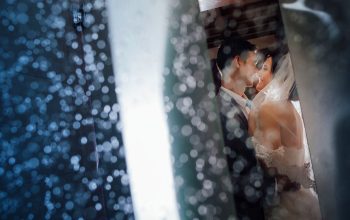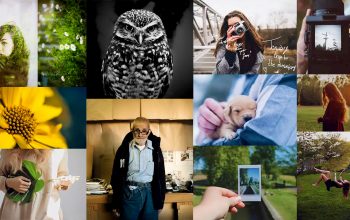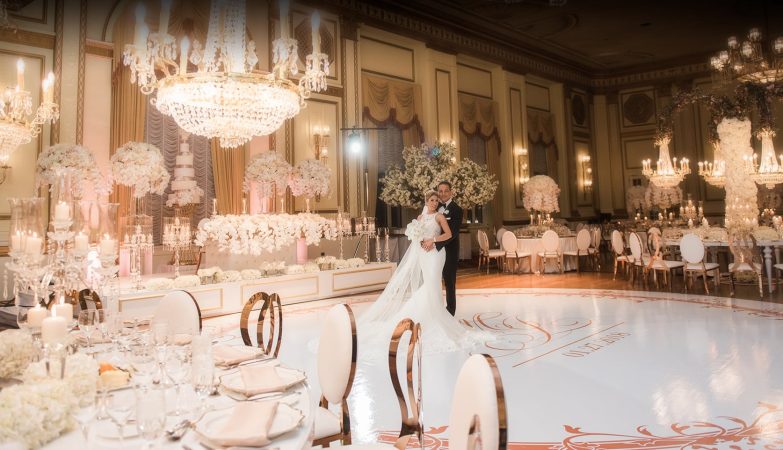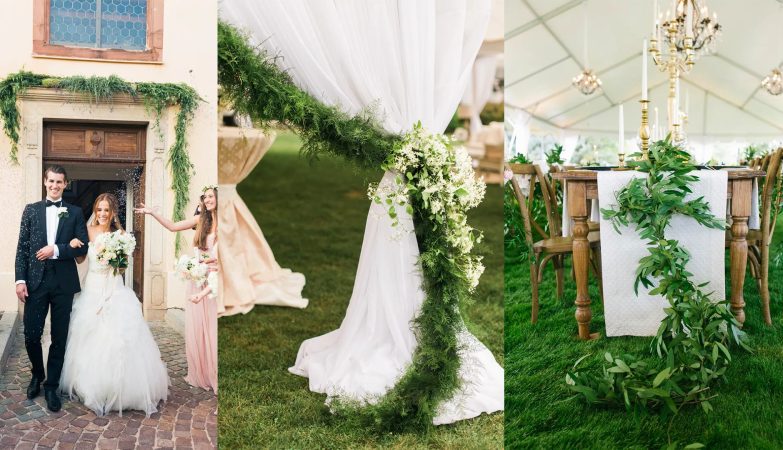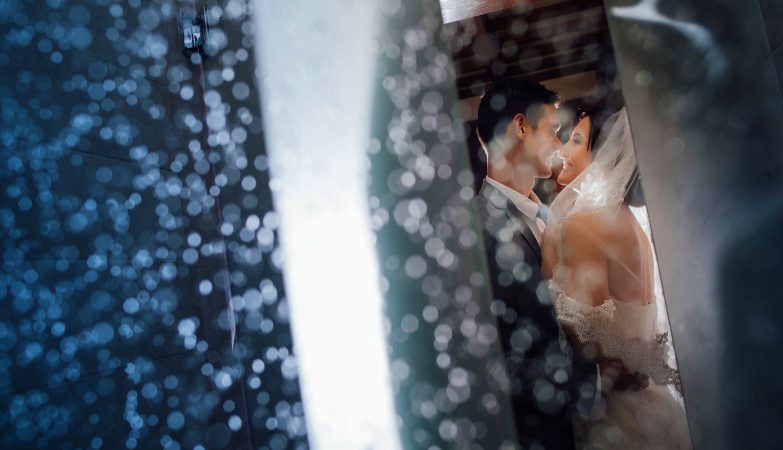
In recent years, minimalism has been a buzzword that’s impossible to avoid hearing. Maybe you’re already incorporating minimalism in other aspects of your life, such as organisation, scheduling and daily activities. What about trying minimalist photography? This article will give you plenty of reasons to embrace minimalist photography to create amazing images.
WHY WOULD YOU WANT TO EMBRACE MINIMALIST PHOTOGRAPHY?
There are many reasons, including expanding your repertoire and branching out to an additional speciality, which provides you with some diversity. Minimalist photography is a subset of photography, similar to black and white, landscape, or nature. So how do you get started with producing beautiful, powerful minimalist photography that are steeped in simplicity?

Understand The Basics Of Minimalist Photography
The best way to understand minimalist photography is to define minimalism and undertake the concept as a whole. At its core, minimalism and minimalist photography is about cherishing what we value most and removing all other distractions. This is usually associated with our everyday lives and both the tangible and intangible things within it. But minimalism can apply to the visual arts as well. Think of an image that focuses on a subject by eliminating any features that are not essential, stripping down to only the basics needed to communicate its meaning. Keep this definition in mind when creating minimalist photography, whether it be in the field shooting, or during post-processing. The minimalist photography subject you intend to focus on must be isolated by using as few visual elements as possible.
Focus On Minimalist Photography Composition First
Of the elements that make up minimalist photography, composition is one of the most important, and also one of the easiest to adjust. Even if colours, textures and contrasts are adjusted, added, or removed from a photo, minimalist photography can become a simple image just by changing the composition.

Minimalist photography will usually consist of as few elements as possible; sometimes just one subject against a simple background is all that is needed to tell a story. Move around to create a minimalist photography composition in frame that speaks to simplicity, but still moves the eyes from one point to another, or transits the viewer through the photograph.
Learn The Importance Of Negative Space
Adding negative space is probably the most important concept of minimalist photography composition. This refers to the use of space around an element within an image. This space, usually (but not always) simple in composition and texture, emphasises the subject and causes it to be more visually stimulating.

The effect of negative space can be amplified by also incorporating contrasting colours between the subject and the space around it. Sometimes, the negative space can create a subject of its own, but this isn’t always the case, and not necessary for minimalist photography. Here, you should use it as a way of accentuating the bare, essential element of the minimalist photography shot.
Shoot With What You Have
One of the most attractive features of the “less is more” mentality of minimalist photography is that it introduces the ability to also use minimal equipment. This includes the camera we almost always have with us, our smartphones. Smartphone cameras these days are beyond excellent. They even provide superior experiences to consumer-level point and shoot cameras.
The one area they usually don’t excel at, and are bested by a DSLR in, is depth of field and the effect of bokeh. The small sensors required for mobile phones simply don’t have the ability to capture smooth, beautiful bokeh effects. This actually is great in this case, because bokeh isn’t a requirement for minimalist photography. The cleaner lines and stark contrasts needed for impactful, simple images are actually easier to produce without the soft characteristics of bokeh. So you have more of a reason than ever to pull out your iPhone or Android device and start composing some minimalist photography!
Use Contrast And Complimentary Colours
As I mentioned above, colour contrast can make minimalist photography very powerful, and cause it to stand out. Try finding colour combinations in minimalist photography that are pleasing to the eye, such as contrasting sets of black and white, or dark and light. Another method for minimalist photography is using complimentary colours. Complimentary colours sit directly across from each other on a standard colour wheel.

There is no shortage of combinations to choose from. Some of the most used combinations include shades of purple and yellow, red and blue, and orange and blue. A pale yellow flower in a sea of green bushes may not provide much of a pop, but a bright red flower among that same field of green will stand out. This is because red and green are almost directly across from each other on a colour wheel. Combining them is very pleasing to the eye, and therefore the mind.
Introduce Texture To Your Image
Texture is another great way to produce simple, powerful minimalist photography. A texture can become the subject when used as a frame-filling element, or as a repeating pattern, both of which can be found in nature. By zooming into objects close enough to see their texture, you allow the texture itself to become the focus of the image. There are limitless possibilities for this effect, both in the man-made and natural worlds.

Using a textured object or subject against a smooth, simple background maximise the impact of this effect. . . Instead of colour, the texture works as the contrast needed to make the image uncluttered, yet interesting to the eye of the viewer.
Black And White Minimalist Photography
A black and white photo can be even more powerful as minimalist photography, because another “distraction” (in this case, colour) has been taken off the table, stripping the image down to its bare essentials. This doesn’t mean that any image converted to black and white is minimalist photography, however.

Monochrome photos can be even more complex in their appearance due to the lack of colour to differentiate some elements from others. Ensure you’ve used composition and negative space, if necessary, to eliminate any unnecessary features before converting your minimalist photography to black and white.
Use Lines To Create Boldness And Lead The Viewer’s Eyes
Clean lines and simple shapes are another way of creating compelling images, while maintaining a sense of simplicity. Lines, whether they be horizontal, vertical or even diagonal, can provide a base for the rest of your minimalist photography to flow from. You can also use them to guide the viewer’s eyes. Lines can lead the eyes to the actual subject you want the viewer to end up focusing on. And the combination of colour contrast and lines can really provide a powerful viewing experience.
Tell A Story With Minimalist Photography
Stripping down a scene to the bare essentials may seem like a counter intuitive way to tell a story, but it can actually make presenting that story easier. With less “moving parts”, the viewer will be able to understand what you’re saying with the photo much easier.
As a photographer, you have a responsibility to grab the viewer’s interest with this story. What tale can you tell with just a couple of objects and a simple, plain background? Imagine two birds sitting on a power line, against a plain, cloudless sky. What could be the story behind this image?

As with any other form of photography, it’s a good habit to initially ask yourself “Can I look at this photo and imagine what is taking place, or is the scene just happening?” If you can’t construct a possible story just from looking at it, your viewers won’t be able to either. Find a way to add more visual storytelling to the minimalist photography shot.
Study Minimalism, Both In Art And Life
It’s not a stretch of the imagination to believe you can help your understanding and practice of an art form by studying its existence in other medium or forms. Minimalist photography is no different. To fully understand and appreciate the techniques involved in the discipline, and to better apply them to your craft, you should understand how minimalism exists in other arts, as well as in life. Minimalism isn’t limited to photography. There are artists that specialise in minimalist painting, and digital art. Even music has a sub-genre featuring simple, quiet, and almost silent passages of sound, branded as minimal.

And finally, minimalism is also a very popular movement among people today. It focuses on stripping our lives of as much unnecessary possessions and clutter as possible, while also training ourselves to develop a simple and uncluttered mindset.
Having a better understanding of all these isn’t required, of course. It will, however, absolutely help you better implement its characteristics into your minimalist photography. Minimalist photography is a concept that takes a little effort to fully understand. After all, we’re not used to improving something by stripping away its components. But your viewer will have a better understanding and appreciation for your image once you’ve eliminated any distractions. That way, you’ll leave them only with what you really want them to see.
originally posted on expertphotography.com by David Eldon

